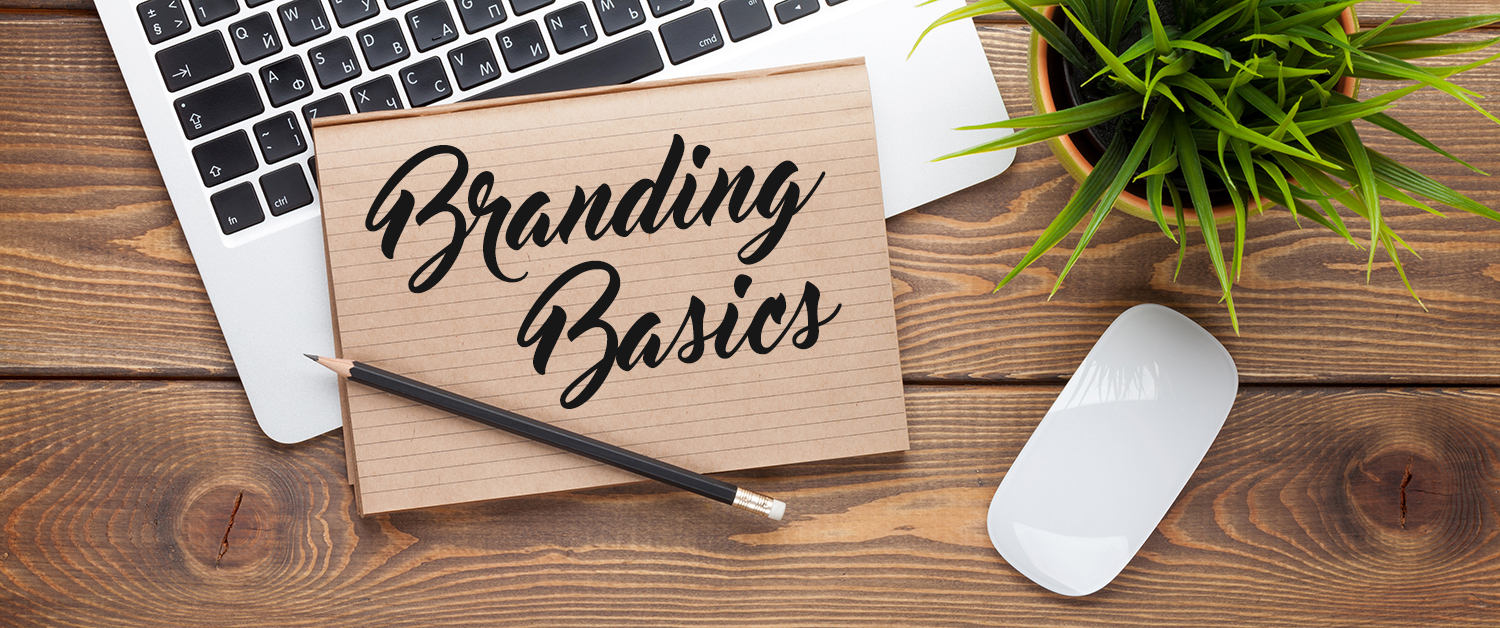
Branding Basics
Before you start obsessing over what shade of blue to use in your logo or what font to use on your shop’s home page, you should stop and make sure that these decisions are being guided and driven by something. It's so easy to get lost in the details if you haven't sorted out the bigger picture.
Do any of these situations sound familiar?
- In the midst of putting all the pieces together of your business, you start to realize that the elements are all over the place.
- You’ve been at this for years and you start to realize that your brand isn’t in line with who you are or what you do anymore.
- Your logo, shop, and products all look like they could be from different brands.
- You sell motivational gym t-shirts but your social media pages are full of cat videos.
Well then my friend, it is time to take a step back and really think about your brand and if what you are doing is in line with the bigger picture.
We’ve talked a lot in the past about defining your “brand identity”. It’s a very important process to go through in order to have a strong and consistent brand strategy. But what exactly is a brand identity, and how do you go about developing one?
Brand Identity
What does your brand stand for and how does it convey that purpose to others? The answers you give to those questions are your brand's identity. A brand identity is similar to that of a person. Your brand should have a purpose, values, and a voice.
When developing your brand's identity you should be thinking about:
- What is the purpose or mission of your brand?
- How will you convey your brand’s concepts visually?
- How will you convey your brand’s concepts through content?
- What emotions do you want people to feel while interacting with your brand?
- What personality or character do you want your brand to put forth?
- What are your brand’s values?
Similar to a person’s identity, you can control what people think about your brand (to a certain degree) by making sure to put your best foot forward. You have the power to create a positive image and experience surrounding your brand. The trick is maintaining it.
Consistency
Your products, purpose, tone, and visuals should all be in harmony. They don’t all have to look exactly alike, but the elements should compliment and enhance each other. You should be able to tell they are all part of one cohesive brand.
This concept extends past the look and feel of your brand. You should avoid putting out content that doesn’t relate to your brand or does not enhance your brand.
Creating a brand board can be a very fun and clarifying exercise. After you’ve defined your brand's identity, you can start to put together all of the elements.
A branding board usually contains:
- Your logo
- A color scheme
- Your typography choices
- Accents
- Inspiration
- And whatever else you want
So get creative and start brainstorming! Creating a board is a great way to see how everything fits together. It can also serve as a great visual reminder to help keep you on track while building your brand.
Here are some examples:
Wild Woods Via Wild Side Design Co.
The Joy Parade Via Whitney Blake.
Every Wild Morning Via Wild Side Design Co.
Bijoux via Nikki Clark.
Branding Tools
Here are few extras you can add to your products to amp up your brand presence.
Hang Tags
Hang tags are labels that hang from your products. They are a great way to build your brand recognition. Learn more about hang tags by checking out these 12 Inspiring Hang Tag Designs.
Neck Labels
Adding your own custom neck labels to t-shirts is a great way to promote brand recognition and create legitimacy for your products. Learn more about neck labels by checking out our Re-Labeling Guide.
Pack-ins
A “pack-in” is an item you include with your shipments as a bonus! A pack-in is usually an inexpensive, fun, promotional item like a flyer, a sticker, a patch, or a button. Learn more about pack-ins by checking out How to Build Your Brand Using Pack-Ins.




